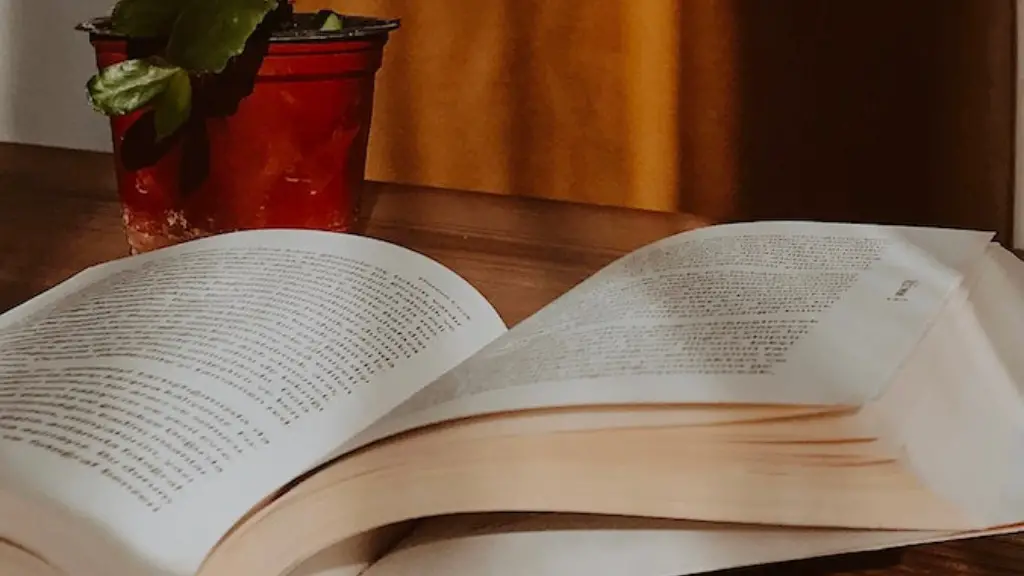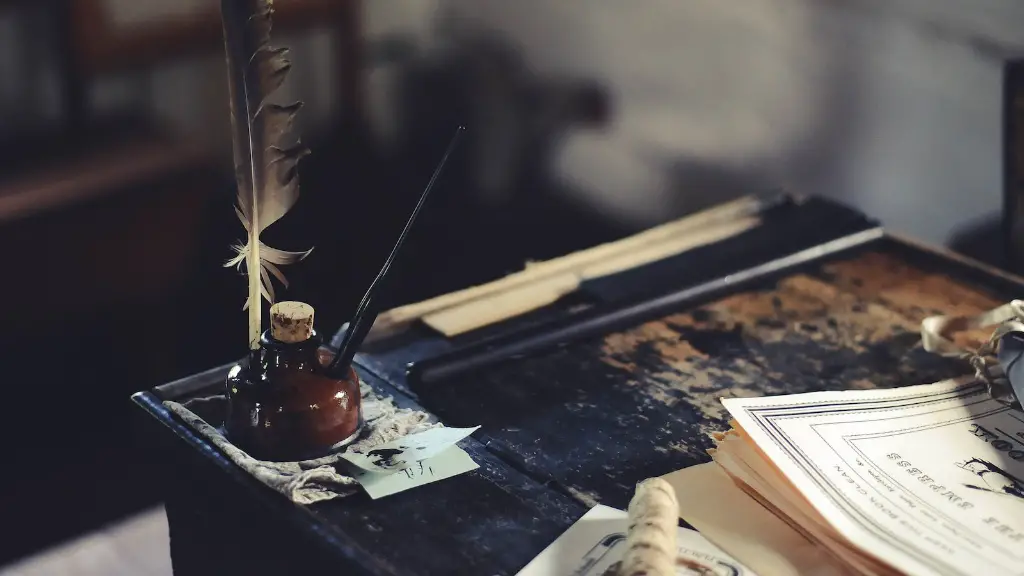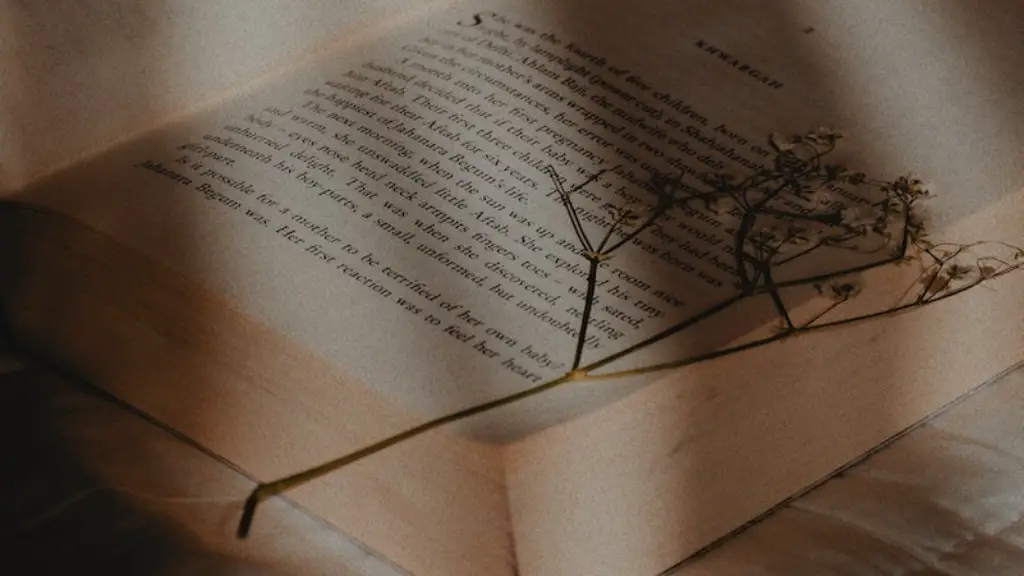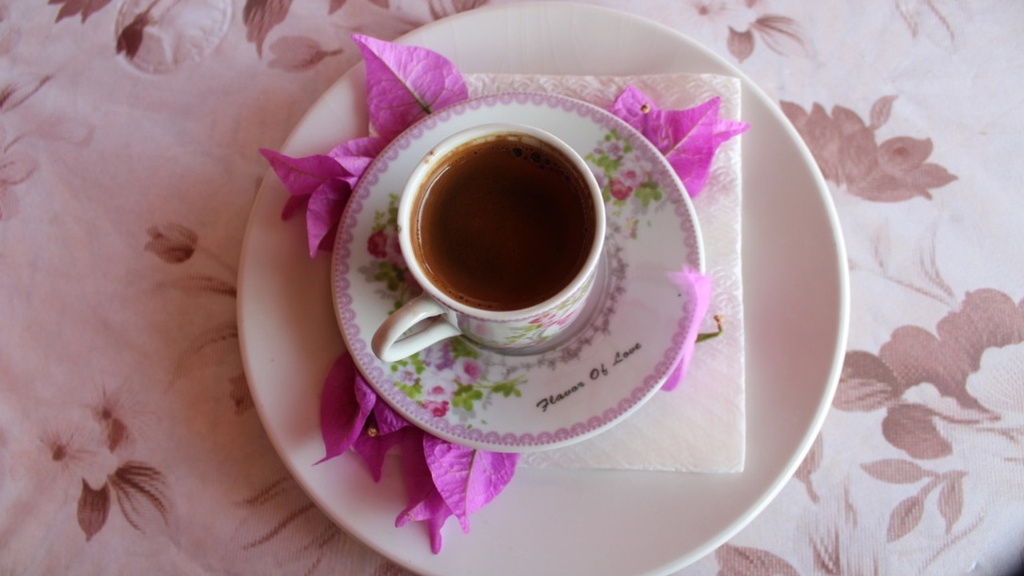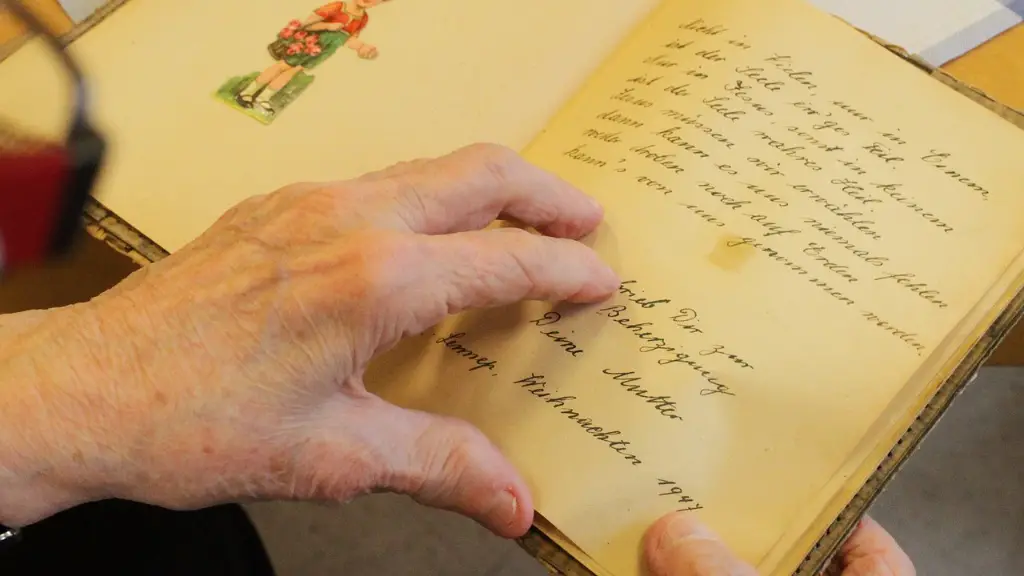Defining Poetry
Poetry is often defined as any expressive form of language to convey a message. It can be something like a song, oral or written form, or a combination of the two. Although poetry has been used for centuries, it has become increasingly popular in recent years as a way to express emotions and to tell stories. It is a form of literature that focuses on self-expression, reflection, and communication.
Poetry has a unique power to capture feelings and emotions that are difficult to articulate. It often brings up images, thoughts and feelings that the reader can relate to, making it an effective and powerful means of communication. In addition, the way poetry is written, whether it is free form or structured in stanzas, creates an emotional impact on the reader. The structure of the poem can be carefully crafted to evoke specific emotions, or simply be used to express the writer’s feelings or the reader’s own understanding of the poem.
Symbols and Similes
The use of symbols and similes in poetry can amplify its power. Symbols are words or phrases that mean something else; they can be used to convey a deeper meaning or to emphasize an idea. For example, in the poem “The Road Not Taken” by Robert Frost, the road is a symbol of the choices we make in life. The poet uses the metaphor of a road to describe the journey of life, and the decision of which path to take.
Similes are comparisons between two things. They are often used to emphasize a point or to show similarities between two different concepts. For example, a poet may compare love to a flame, suggesting that it is both intense and transient. The symbolism in poetry can make it more vivid and evocative, and can be a powerful way of expressing emotion.
Poetic Forms
There are many different poetic forms, each of which can be used to achieve different effects. The most common forms of poetry include sonnets, haikus, and free verse. Sonnets are structured poems of fourteen lines with a specific rhyme scheme. Haikus are three line poems, with a 5-7-5 syllable pattern that tell a story in a very concise way. Free verse is poetry without a specific form, and is often used to express feelings and ideas in a creative and unconstrained way.
Each of these forms provides a way of expressing feelings and ideas with specificity and power, and can be tailored to a particular situation. A poet may choose to use a specific form to emphasize a certain point or to create a particular atmosphere.
The Power of Rhyme and Meter
One of the most important aspects of poetry is how it sounds. The use of rhyme and meter can add an extra layer of emotion and power to a poem. Rhyme is a repeating sound, and a poem with an effective rhyme can create a pleasing and memorable effect. Meter is the number of syllables in each line. By counting the number of syllables and the sound of the words, poets can create a rhythm that gives the poem a structure and makes it more memorable. Rhyme and meter can make a poem more powerful, as it can be more enjoyable to read and helps to emphasize certain words or ideas.
Implicit Meanings
Poetry can also have implicit meanings. Unlike most literature, poetry often leaves room for interpretation. By using figurative language, metaphors, and symbols, poets can create a complex web of ideas and feelings. A poem can mean different things to different people, and the ambiguity allows the reader to draw their own conclusions and create their own understanding of the poem.
The implicit meanings in a poem give it more power, as the meanings and ideas can be interpreted in different ways. This ambiguity can also encourage the reader to think about the poem more deeply, and to form their own interpretation and understanding of the poem.
Conflicting Perspectives
The power of poetry is also enhanced by the use of conflicting perspectives. Poets often express two conflicting points of view, forcing the reader to form their own opinion and draw their own conclusions. By presenting two sides to an argument, or by introducing a new perspective, poets can engage the reader on a deeper level and make them think about issues in a different way. This can create a powerful emotional response and draw the reader in.
Poetry is powerful because it can express feelings and ideas in a concise and creative way. Its use of symbols, similes, rhyme, and meter can enhance its power, as can its ambiguity and use of conflicting perspectives. By using these features, poets can create powerful works of art that are capable of eliciting powerful emotional responses in the reader.
The Role of Imagery
The use of imagery is another way that poets can create powerful works of poetry. Imagery can be used to create vivid images that draw the reader into the poem and help to bring the words to life. By using strong imagery, poets can evoke strong emotions and create an atmospheric and vivid atmosphere for the reader.
Imagery can also be used to emphasize a particular point. By utilizing vivid images, the poet can draw attention to certain ideas and make them more memorable. This can help to emphasize the main theme of the poem, and to make the poem more powerful.
The Power of Metaphor
Metaphor is another powerful tool used by poets. It can emphasize a point, or create a connection between two seemingly unrelated ideas. A poet may use a metaphor to illustrate an idea or to make a comparison between two things. For example, a poet may compare the passage of time to a river, or a journey of life to a sea voyage, to create an image that the reader can relate to.
Metaphors can be a powerful way of expressing emotions and ideas, and can add depth to a poem. They can also create an engaging atmosphere for the reader, allowing them to form their own connections and interpretations of the poem.
Music and Rhyme
The use of music and rhyme in poetry can add an extra layer of emotion. Music can add a sense of rhythm and harmony to a poem, and can be used to evoke particular emotions. The use of rhymes and meters can create a pleasant and memorable effect, and can help to emphasize certain words or ideas.
Music and rhyme can also be used to create certain atmospheres. By using certain notes, rhythms and rhyme schemes, the poet can amplify the emotion of the poem and create a powerful atmosphere for the reader.
Conclusion
Poetry is powerful because it allows the poet to express emotions, thoughts and ideas in a concise and creative way. It can evoke strong emotions and create vivid images in the reader’s mind. Its use of symbols, similes, imagery, metaphor, and music and rhyme can enhance its power and make it more enjoyable and memorable. By mastering the use of these devices, poets can create powerful works of art that are capable of eliciting strong emotions and engaging the audience on a deeper level.
